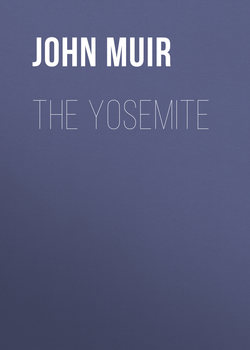Читать книгу The Yosemite - John Muir - Страница 5
Chapter 1
The Approach to the Valley
The Approach To The Valley
ОглавлениеSauntering up the foothills to Yosemite by any of the old trails or roads in use before the railway was built from the town of Merced up the river to the boundary of Yosemite Park, richer and wilder become the forests and streams. At an elevation of 6000 feet above the level of the sea the silver firs are 200 feet high, with branches whorled around the colossal shafts in regular order, and every branch beautifully pinnate like a fern frond. The Douglas spruce, the yellow and sugar pines and brown-barked Libocedrus here reach their finest developments of beauty and grandeur. The majestic Sequoia is here, too, the king of conifers, the noblest of all the noble race. These colossal trees are as wonderful in fineness of beauty and proportion as in stature–an assemblage of conifers surpassing all that have ever yet been discovered in the forests of the world. Here indeed is the tree-lover's paradise; the woods, dry and wholesome, letting in the light in shimmering masses of half sunshine, half shade; the night air as well as the day air indescribably spicy and exhilarating; plushy fir-boughs for campers' beds and cascades to sing us to sleep. On the highest ridges, over which these old Yosemite ways passed, the silver fir (Abies magnifica) forms the bulk of the woods, pressing forward in glorious array to the very brink of the Valley walls on both sides, and beyond the Valley to a height of from 8000 to 9000 feet above the level of the sea. Thus it appears that Yosemite, presenting such stupendous faces of bare granite, is nevertheless imbedded in magnificent forests, and the main species of pine, fir, spruce and libocedrus are also found in the Valley itself, but there are no "big trees" (Sequoia gigantea) in the Valley or about the rim of it. The nearest are about ten and twenty miles beyond the lower end of the valley on small tributaries of the Merced and Tuolumne Rivers.
